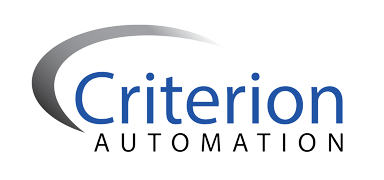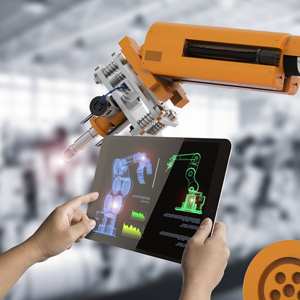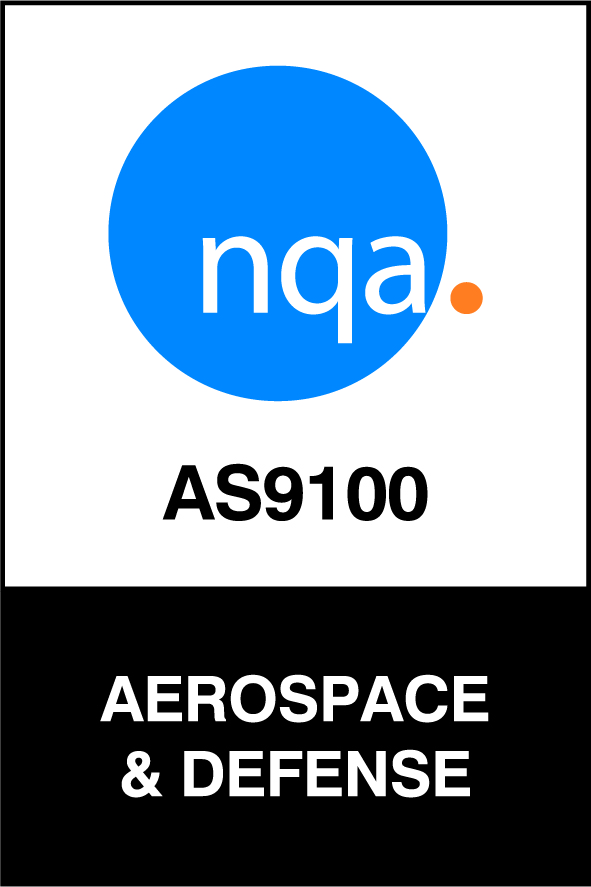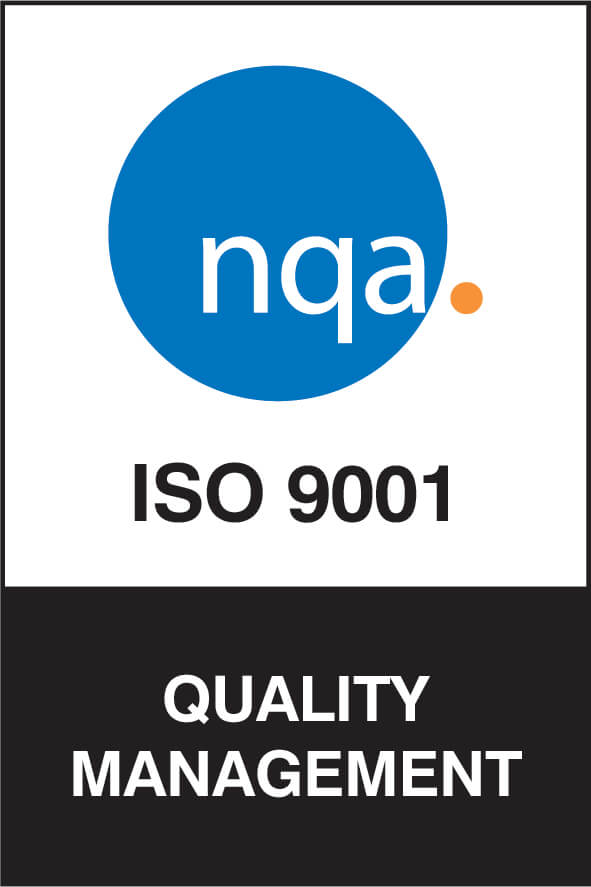Should You Automate Your Sewing Process? 6 Questions to Ask
The invention of the sewing machine radically changed the lives of everyone from housewives to workers, consumers, and manufacturers. Sewing machines enabled mass production of not only clothing but automotive and furniture upholstery, bedding, luggage, shoes—the list goes on and on. Today, advanced automation technology is taking the sewing machine to new levels of capability. […]
Should You Automate Your Sewing Process? 6 Questions to Ask Read More »
